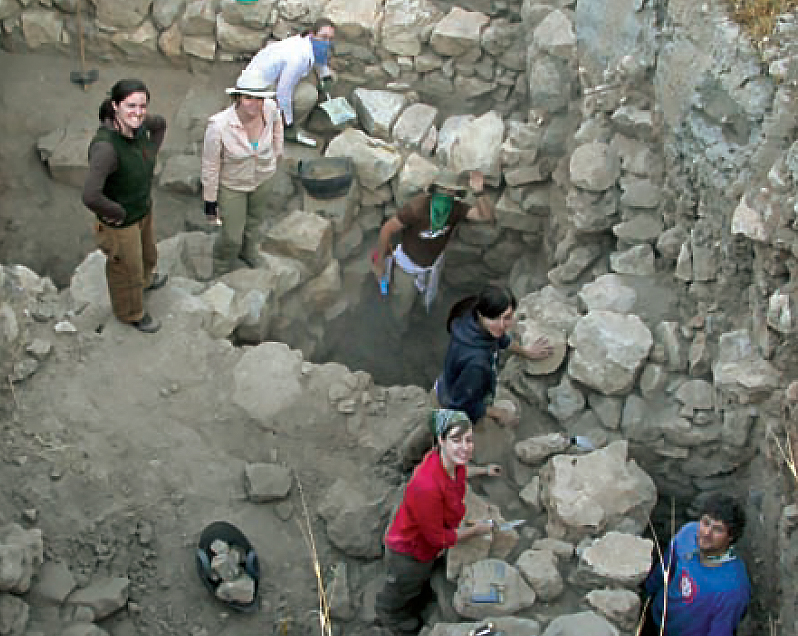Archeological work by a U of T research team is lending credence to the theory that a small city in Jordan was a major centre of trade and activity hundreds of years before Rome was founded.
A team of students and professors is helping excavate parts of downtown Madaba, and has spent hundreds of hours drawing and analyzing shards of pottery and other remains as part of an undergraduate research program in the department of Near and Middle Eastern Civilizations. Thanks to field and lab work by the U of T group and other researchers, scholars now believe that the city occupied an area as large as Toronto’s Trinity Bellwoods Park – huge by ancient standards – and was surrounded by a fortified wall five metres high. A building constructed from huge stones a metre wide may have been part of a palace or religious residence, says U of T professor Tim Harrison, who runs the program with instructor and research associate Debra Foran.
Like any contemporary metropolis, ancient Madaba had its share of hard times, too. Earlier this year, the U of T team found the remains of small, poorly built utilitarian buildings that Harrison says were constructed by people who returned to Madaba after it was violently destroyed by an unknown people in the first millennium BC.
Stephanie Crocker (BSc 2004 UTM), now co-ordinator of the Peel Environmental Youth Alliance at EcoSource, says her seven-week trip to Madaba in third year helped bring her classroom lessons to life. “It enables you to be in a place in time in a way you can’t experience in a textbook,” she says.





